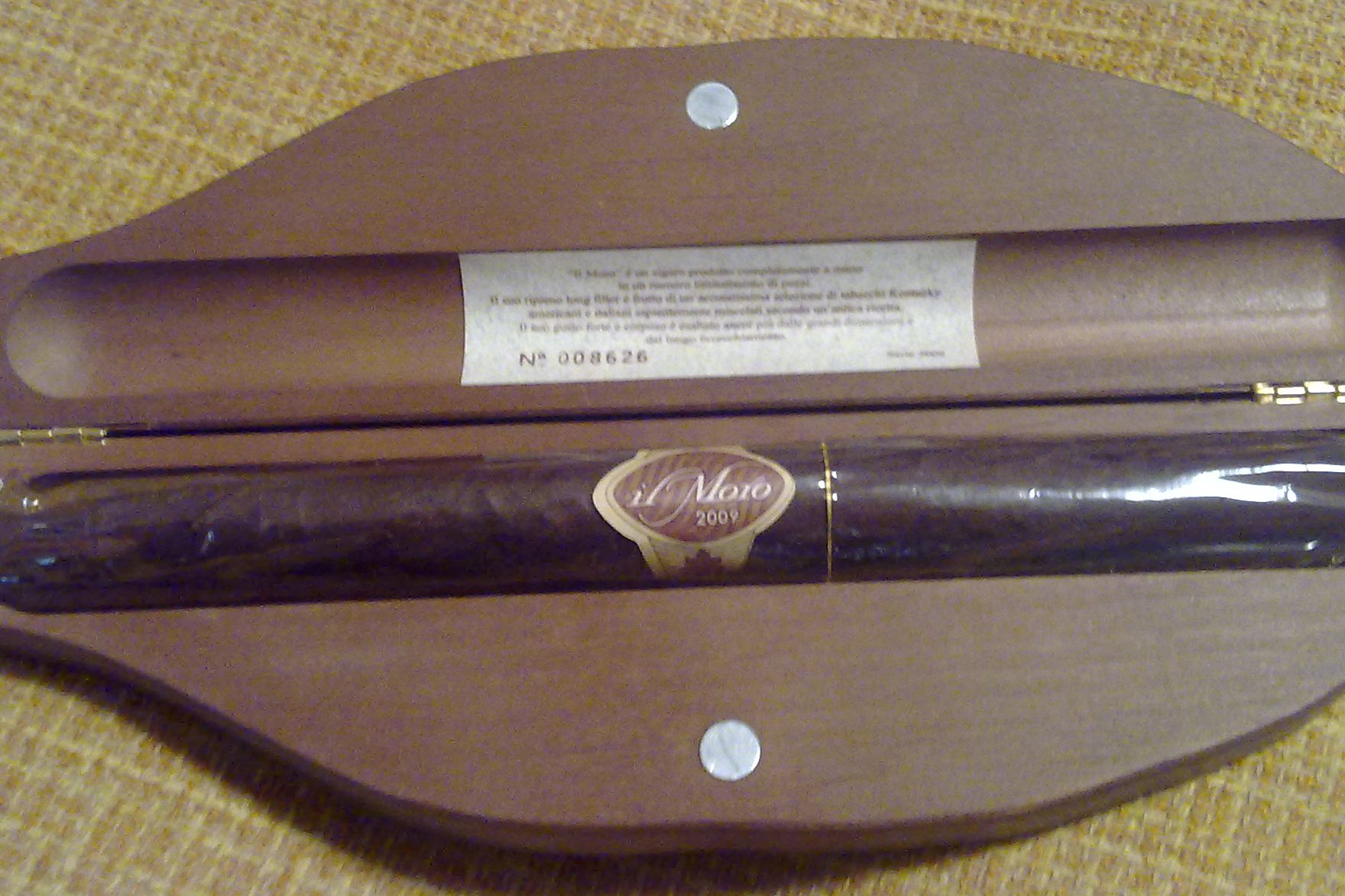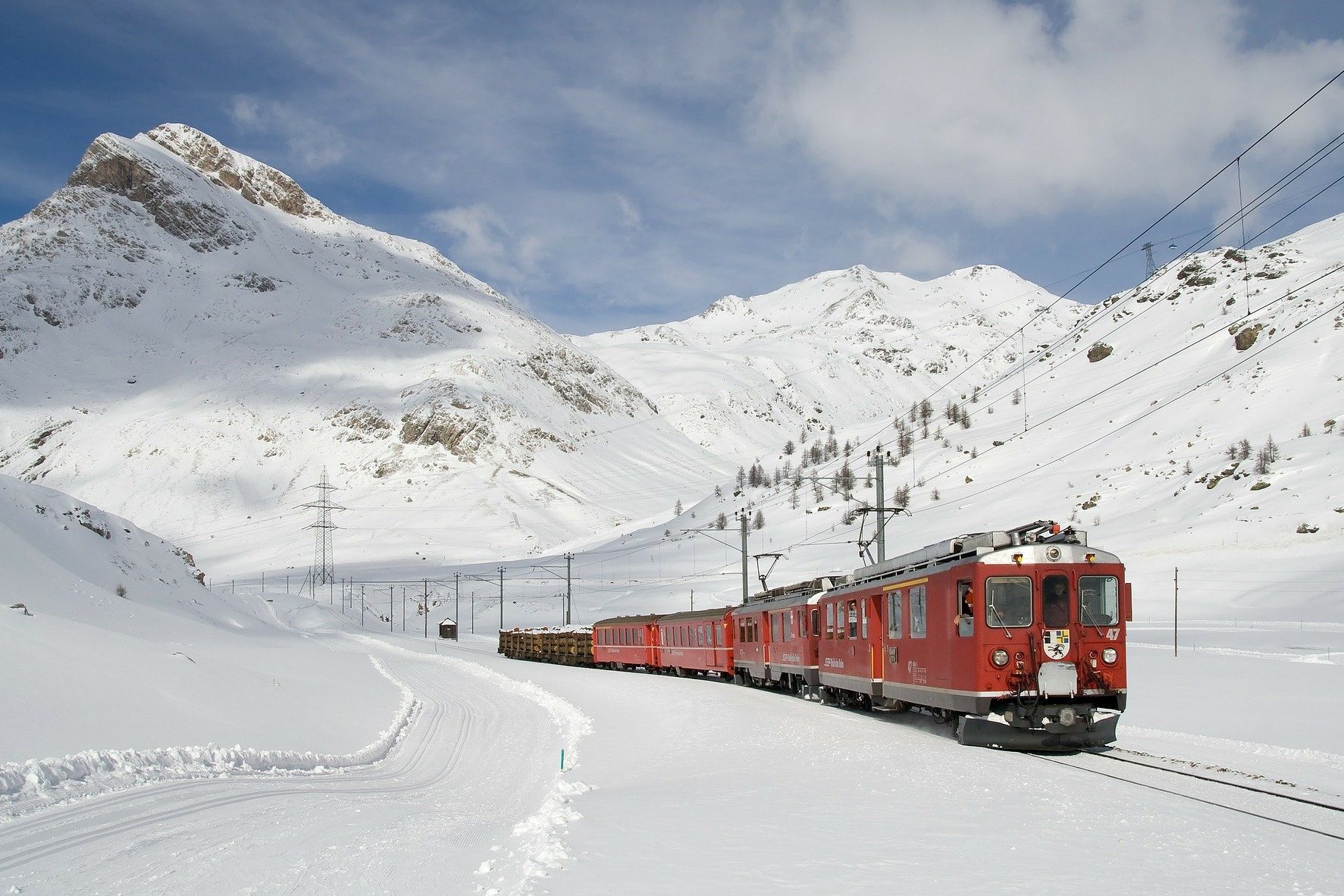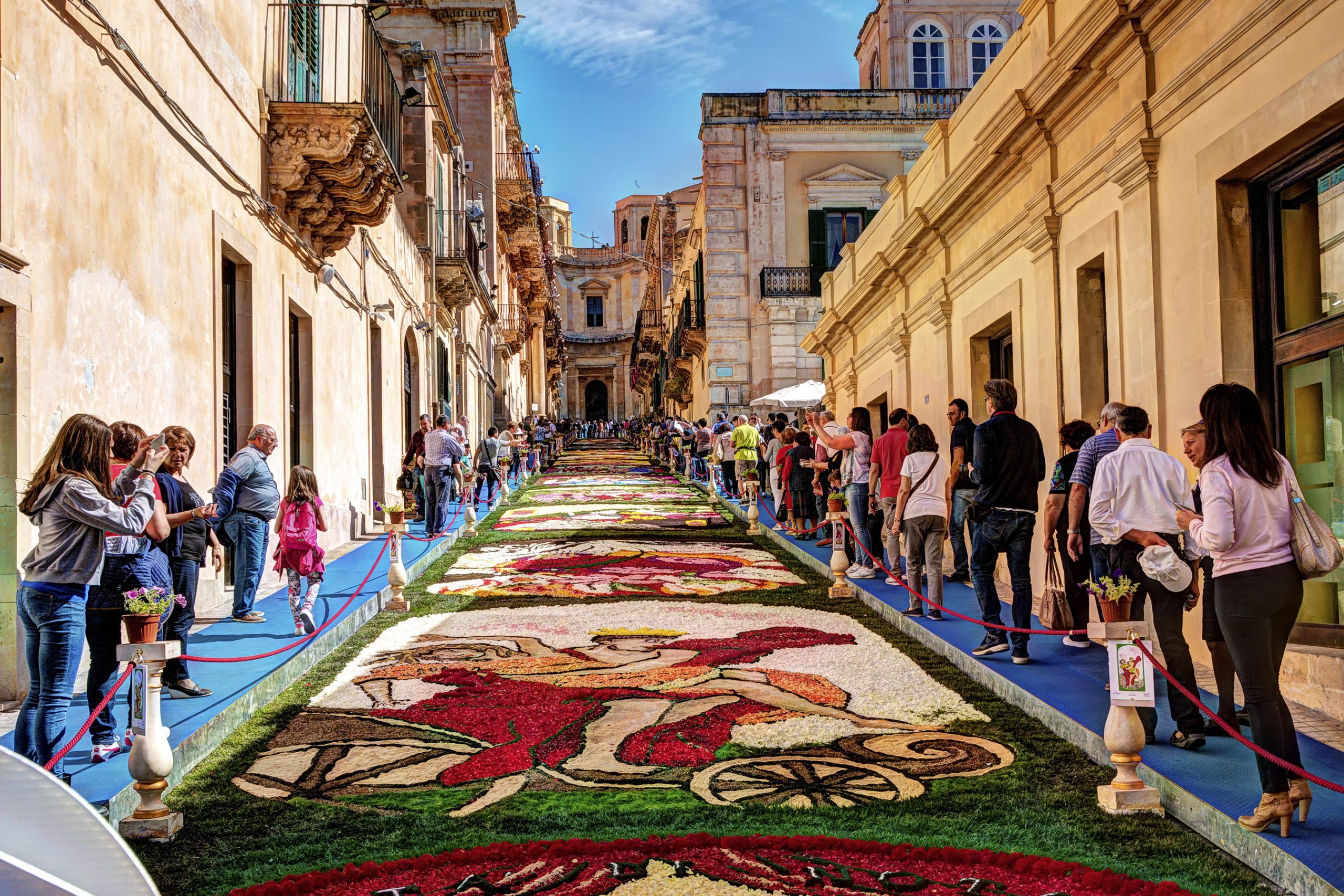Just over 6 miles from the famous Renaissance town of Urbino, Marche’s Fermignano hosts a race each year on the Sunday following Easter that gives the Palio di Siena a run, or hop, for their money. Instead of racing with horses, they race with frogs on wheelbarrows. This April 10 will be the 51st year of the Palio della Rana.
Fermignano is perhaps best known as the birthplace of architect Donato Bramante, the main designer of St. Peter’s Basilica. The city is said to be founded by the legionary Roman commander Firmidio in 200 A.D. and was called Firmidianus. When Rome fell, Fermignano remained intact because of its strategic location with a sturdy bridge on the Metauro river. The strong Roman pillars and a massive tower also helped defend against intruders.
For centuries, the city was ruled by the Duchy of Urbino. In 1607, Fermignano emerged from the shadow of Urbino when Francesco Maria della Rovere founded its first town council. The people of Fermignano celebrated their independence with a merry festival chock full of fun events and new traditions, namely the frog race.
In the race, representatives from each district compete for the champion title. These seven competitors called scarriolanti (wheelbarrow competitors) are generally clad in traditional Italian garb and each challenger wears a distinct color according to their district. Veterinarian specialists carefully inspect the frogs before and after every race to ensure accurate results and discourage foul play.
Each frog is placed on a wheelbarrow underneath a basket. When the official removes the basket, the scarriolanti race to the finish line while trying to keep the frogs on their wheelbarrows. If a frog jumps off, the competitor must stop, place the frog back on the wheelbarrow platform, and then keep going. The race is 186 yards long and starts on a bumpy terrain. There are several different rounds in which the scarriolanti must race, including the elimination match, the semi-finals, and the finals.
The racers’ competitiveness depends on their speed, wheelbarrow directing skill, and luck of the frog draw. While the districts are certainly in it to win it, the crowd has a lot of fun watching the race. They laugh as the frogs try to jump off the wheelbarrows and the competitors run with the wheelbarrows in their frilly costumes.
The weekend-long festival surrounding the frog race has plenty of entertainment to offer. There are grand displays of local food and wine, as well as antique shows and craft markets that display local handicrafts and ethnic wood, ceramics, metal, and leather. On Friday night, the city’s Museum of Architecture hosts an open exhibition at “la Sala Bramante”, along with other art gallery exhibitions. Taverns open up for dinner, offering local food and drink. At night there are battle simulations and dramatic fire shows. The festival also features comedy shows, poetry readings, and musical performances.
Saturday’s events include an archery tournament at “Il campo d’arme” along with art shows and live music. To celebrate the first municipal council of Fermignano, people dress in historical costumes and participate in a grand parade dressed like festivalgoers in Urbino in the 1500s. They march with drummers, jugglers, and fire artists. The procession also includes flag wavers and talented dancers forming human pyramids. Sunday’s events lead up to the Palio della Rana.
Once the winner of the frog race is determined, the festival ends with a firework show on the bridge. This event unites the two oldest architectural symbols of Fermignano – the Roman bridge and the medieval tower.
For years, visitors and natives alike have hopped over to the frog races of Fermignano for historical and cultural entertainment. Here they find laughter, cheer, and a little bit of croaking.
Watch the video here
































